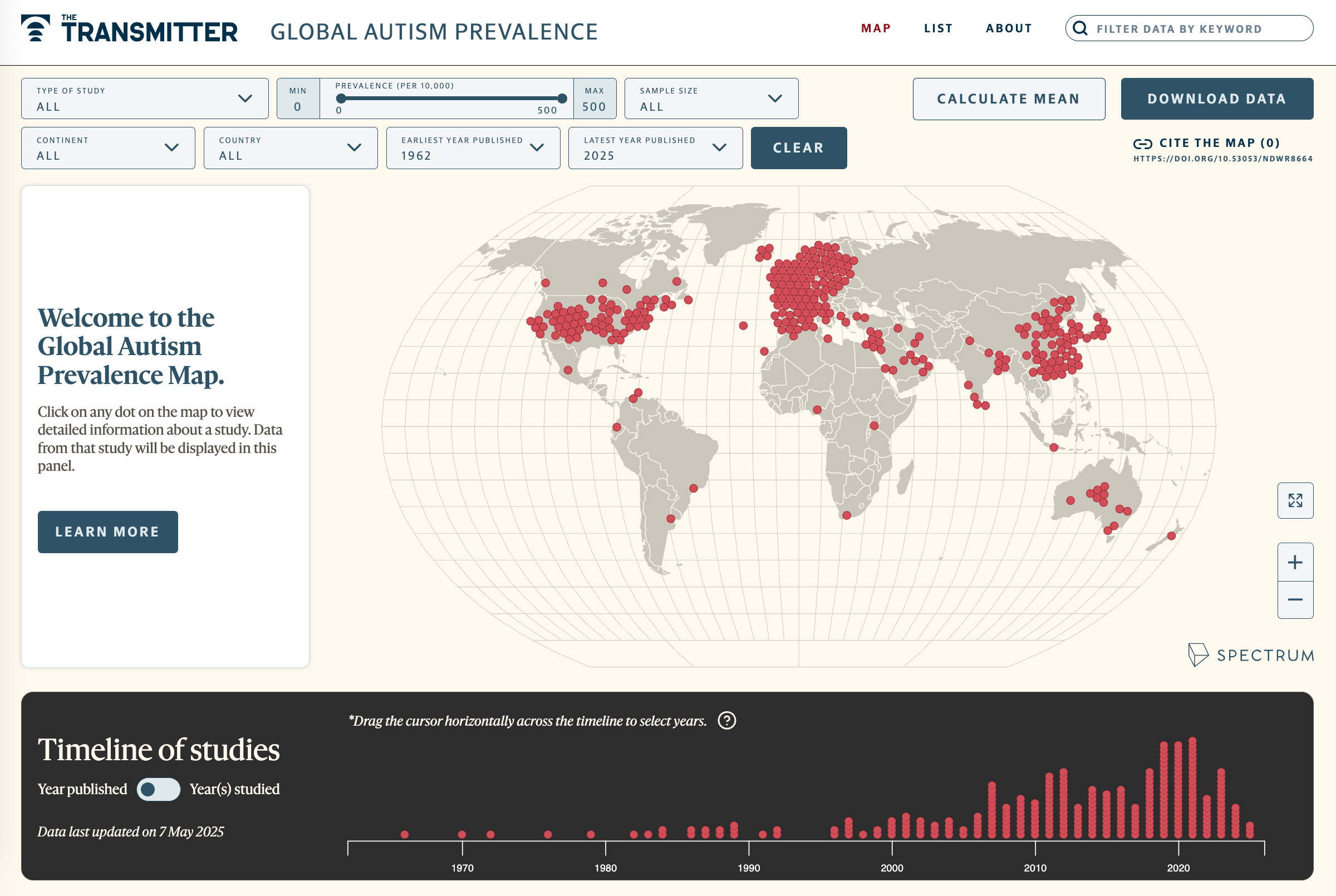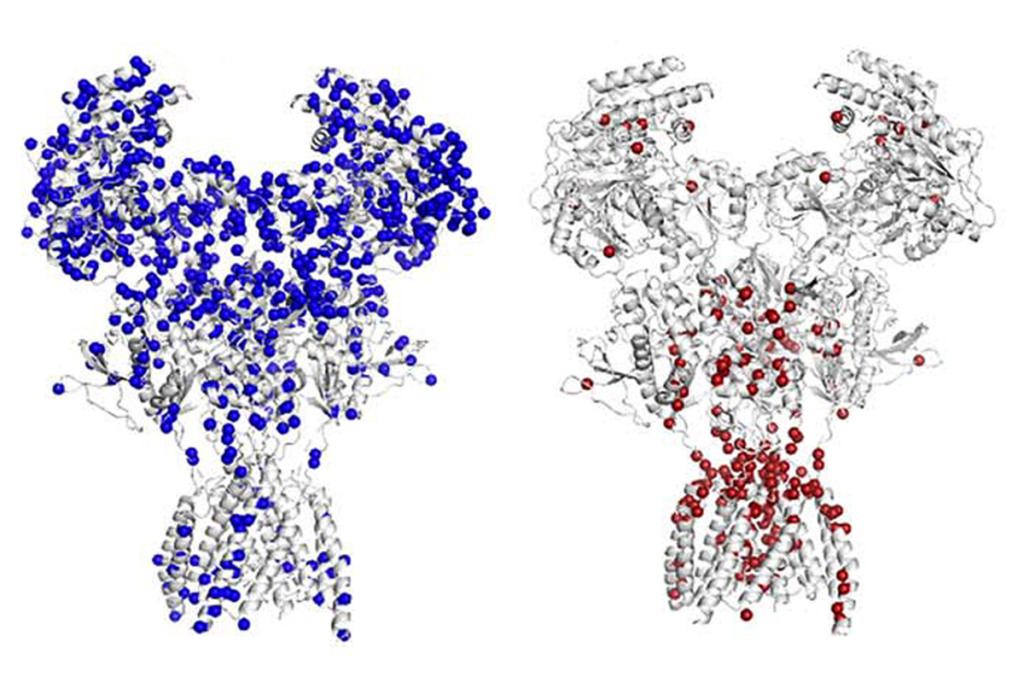Among autism’s many mysteries is its apparent rise in prevalence around the world. But how common is it, exactly? And is it really more common among children today than in generations past? This new downloadable book from Spectrum offers an in-depth guide to the various factors — perhaps chief among them, a greater awareness of the condition and researchers’ shifting ways of defining and measuring it — that have helped to drive autism prevalence numbers up.

Photograph by
Richard Drury
Autism by the numbers: Explaining its apparent rise
Is autism really more common among children today than in generations past? This new downloadable book offers an in-depth guide to the various factors that have helped to drive autism prevalence numbers up.
By
Spectrum
22 December 2021 | 1 min read
Visit our Global Autism Prevalence Map
The map features a collection of studies on autism prevalence around the world. It highlights places where information is available—and places where information is missing. We periodically update the map with new studies as they become available.

Explore more >

Explore more >
Recommended reading

Among brain changes studied in autism, spotlight shifts to subcortex
By
Holly Barker
11 December 2025 | 5 min read
Home makeover helps rats better express themselves: Q&A with Raven Hickson and Peter Kind
By
Holly Barker
4 December 2025 | 0 min watch
Explore more from The Transmitter

Autism prevalence increasing in children, adults, according to electronic medical records
By
Shaena Montanari
21 November 2024 | 2 min read

Anti-seizure medications in pregnancy; TBR1 gene; microglia
By
Jill Adams
3 December 2024 | 1 min read

Emotional dysregulation; NMDA receptor variation; frank autism
By
Jill Adams
26 November 2024 | 1 min read
Cite this article:
